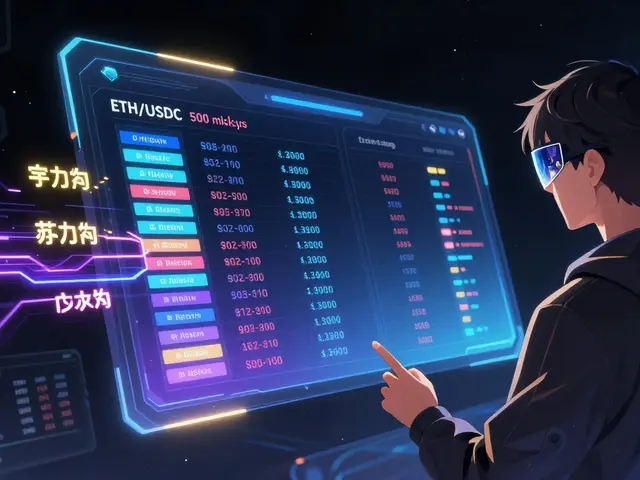BEP-20 token: The Quick Guide You Need
When working with BEP-20 token, a token standard on Binance Smart Chain that mirrors Ethereum's ERC-20 format. Also known as BSC token, it lets developers launch fungible assets with low fees and fast confirmations. This standard defines how tokens behave, how wallets read them, and how smart contracts interact. If you’ve ever traded a BEP-20 coin, you’ve already seen the speed and cost advantages that come from its design.
How BEP-20 Relates to Other Standards
Think of Binance Smart Chain, the blockchain that hosts BEP-20 assets as the home field for the token. It runs a proof‑of‑stake‑authority combo that keeps blocks cheap and frequent. On the other side, ERC-20 token, Ethereum’s original fungible token standard set the blueprint that BEP-20 copied. The result is a simple switch: developers write the same contract logic, then deploy on BSC to gain cheaper transactions without learning a new language. That compatibility is why many projects launch a BEP‑20 version alongside an ERC‑20 version.
Every BEP‑20 token carries its own tokenomics – the rules that decide supply, distribution, and incentives. Most projects use a fixed supply, but some add burn mechanisms or staking rewards to keep holders engaged. Understanding those parameters helps you gauge long‑term value and predict price moves. When a project announces an airdrop, a free distribution of tokens to early users or community members, it’s usually a way to seed the ecosystem and spark liquidity. Airdrops often require you to hold a certain amount of the BEP‑20 token or complete simple tasks, turning curiosity into actual holdings.
Moving BEP‑20 tokens out of Binance Smart Chain is possible thanks to cross‑chain bridge, a protocol that locks tokens on one chain and issues equivalents on another. Bridges let you trade BEP‑20 assets on Ethereum, Polygon, or even Solana without losing the original token’s identity. The bridge acts as a trusted intermediary: it receives your BEP‑20, locks it in a smart contract, then mints a wrapped version on the target chain. This flow fuels DeFi arbitrage, liquidity provision, and multi‑chain yield farming, extending the token’s usefulness far beyond its native environment.
All these pieces—BSC’s low‑cost network, ERC‑20 compatibility, clear tokenomics, airdrop incentives, and bridge connectivity—create a robust ecosystem for any BEP‑20 token. Below you’ll find articles that break down privacy‑first DEXs, legal angles for crypto payments, detailed token reviews, and step‑by‑step guides for airdrops and bridge usage. Whether you’re a trader hunting the next opportunity or a developer planning a launch, the insights here will give you a solid footing before you dive into the individual posts.
Perry (PERRY) Crypto Coin Explained: What It Is, How It Works, and Risks
Learn what Perry (PERRY) crypto coin is, its technical specs, how to buy it on Binance Smart Chain, and the risks of this low‑cap meme token.












